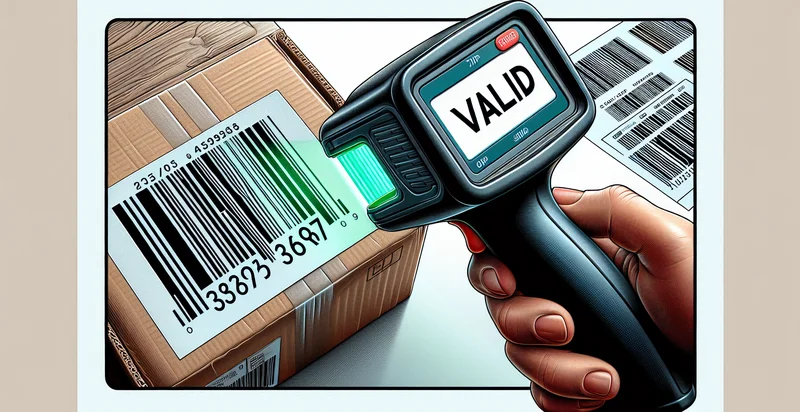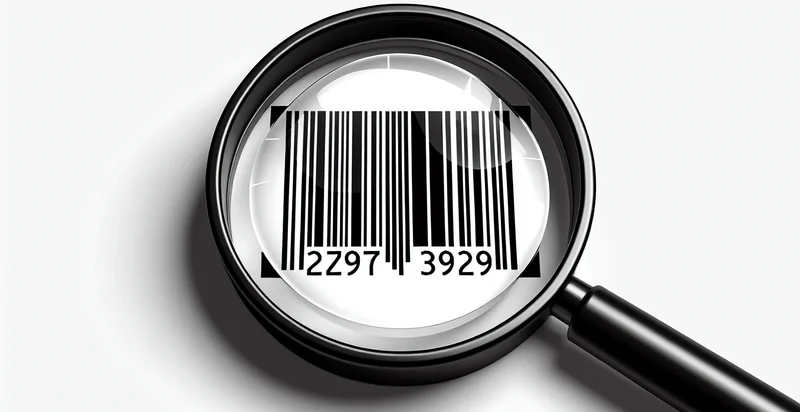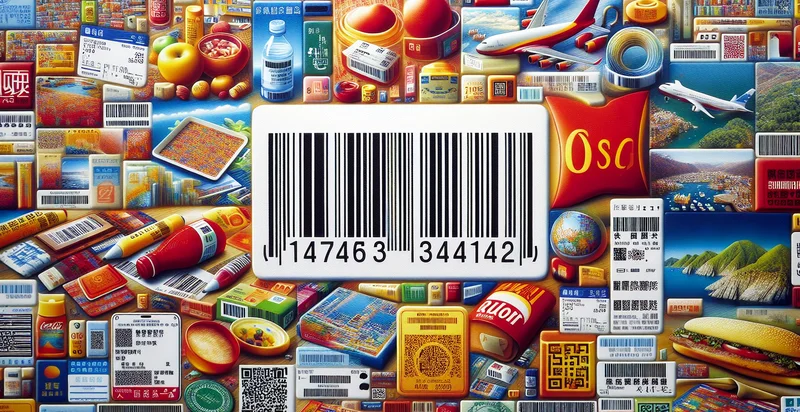Identify barcode validity
using AI
Below is a free classifier to identify barcode validity. Just upload your image, and our AI will predict if the barcode is valid - in just seconds.


Contact us for API access
Or, use Nyckel to build highly-accurate custom classifiers in just minutes. No PhD required.
Get started
import nyckel
credentials = nyckel.Credentials("YOUR_CLIENT_ID", "YOUR_CLIENT_SECRET")
nyckel.invoke("barcode-validity", "your_image_url", credentials)
fetch('https://www.nyckel.com/v1/functions/barcode-validity/invoke', {
method: 'POST',
headers: {
'Authorization': 'Bearer ' + 'YOUR_BEARER_TOKEN',
'Content-Type': 'application/json',
},
body: JSON.stringify(
{"data": "your_image_url"}
)
})
.then(response => response.json())
.then(data => console.log(data));
curl -X POST \
-H "Content-Type: application/json" \
-H "Authorization: Bearer YOUR_BEARER_TOKEN" \
-d '{"data": "your_image_url"}' \
https://www.nyckel.com/v1/functions/barcode-validity/invoke
How this classifier works
To start, upload your image. Our AI tool will then predict if the barcode is valid.
This pretrained image model uses a Nyckel-created dataset and has 2 labels, including Invalid Barcode and Valid Barcode.
We'll also show a confidence score (the higher the number, the more confident the AI model is around if the barcode is valid).
Whether you're just curious or building barcode validity detection into your application, we hope our classifier proves helpful.
Related Classifiers
Need to identify barcode validity at scale?
Get API or Zapier access to this classifier for free. It's perfect for:
- Inventory Management: The barcode validity identifier can streamline inventory management processes by verifying the correctness of barcodes on products. This ensures that only valid, registered items are entered into the inventory system, reducing discrepancies and enhancing accuracy in stock levels.
- Point-of-Sale Validation: In retail environments, the function can be employed at checkout points to confirm the validity of scanned barcodes. This helps prevent fraud and ensures that customers are charged accurately for their purchases, leading to increased consumer trust and smoother transactions.
- Supply Chain Optimization: Manufacturers and logistics companies can use the barcode validity identifier to ensure that all scanned items moving through the supply chain are properly documented. This verification helps in avoiding delays and errors in shipment tracking, ultimately improving operational efficiency.
- Product Recall Management: In case of a product recall, companies can utilize the barcode validity identifier to quickly identify affected batches. By validating barcodes, they can efficiently notify customers and retrieve the incorrect items from the market, ensuring compliance and consumer safety.
- Quality Control: In production environments, the function can serve as a quality control tool, ensuring that only items with valid barcodes are packaged and shipped. This minimizes errors and maintains high standards of quality assurance throughout the manufacturing process.
- Compliance and Regulatory Audits: Organizations can leverage barcode validity identification to strengthen compliance with industry regulations. By maintaining accurate records of valid barcodes, businesses can easily provide verifiable data during audits, reducing the risk of penalties and ensuring adherence to standards.
- E-commerce Fulfillment: Online retailers can use the barcode validation feature in their order fulfillment processes. By ensuring that only valid barcodes are included in outgoing packages, businesses can enhance customer satisfaction by preventing shipping errors and ensuring accurate deliveries.


